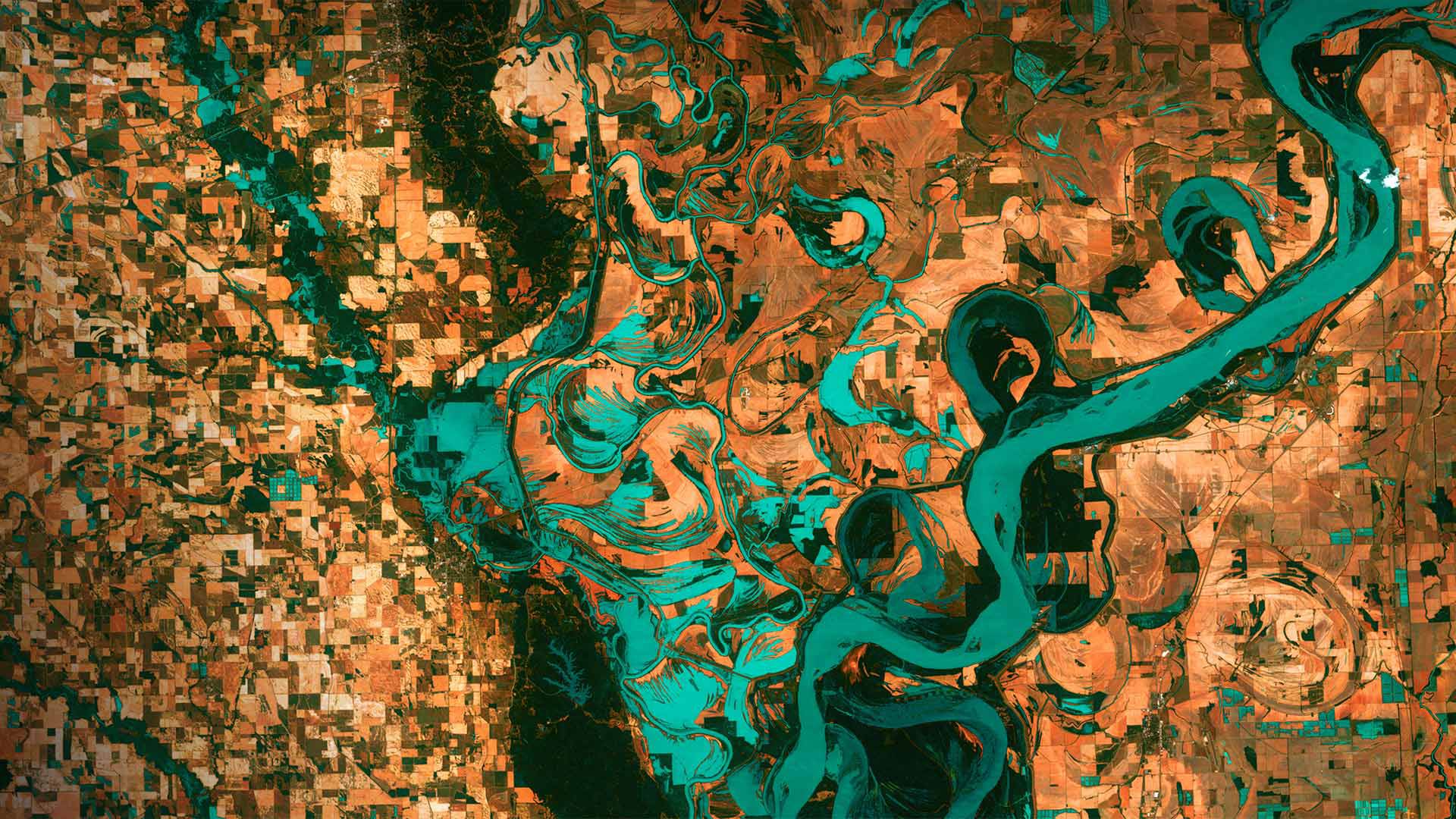Video has come a long way since its inception, and the advances in technology have played a significant role in shaping the way we watch and create content. From the early days of black and white television to the rise of streaming platforms and virtual reality, the evolution of video has been rapid and revolutionary.
One of the most significant changes in the way we watch video content has been the shift from traditional cable and satellite television to streaming services. The rise of platforms like Netflix, Amazon Prime Video, and Hulu has given consumers the ability to watch what they want, when they want, without being tied to a specific broadcast schedule. This has led to a surge in the popularity of binge-watching and has also created new opportunities for content creators to reach a global audience without the need for traditional distribution channels.
The quality of video content has also dramatically improved thanks to advancements in technology. High-definition and 4K resolution have become the new standard, providing viewers with a more immersive and lifelike experience. Additionally, the integration of virtual and augmented reality has opened up new possibilities for interactive and immersive storytelling, giving audiences a truly unique way to experience content.
On the creation side, technology has empowered creators with the tools to produce high-quality content with minimal resources. The accessibility of affordable cameras, editing software, and distribution platforms has given rise to a new generation of independent filmmakers and content creators who can compete with traditional studios and broadcasters.
Moreover, social media platforms have become a prevalent channel for video content creation and consumption. The rise of short-form video platforms like TikTok and Instagram Reels has not only changed the way we consume content but has also influenced the type of content being created. Snackable, easily shareable videos have become a dominant force in the digital landscape, shaping trends and influencing pop culture.
The way we watch and create video content will continue to evolve as technology advances. The growth of 5G technology will enable faster streaming and higher-quality video playback, while artificial intelligence and machine learning will play a role in improving the content discovery and recommendation process.
In conclusion, the evolution of video has been driven by advancements in technology, changing the way we watch and create content. From streaming services and high-definition video to virtual reality and short-form content, the landscape of video has been transformed, and we can expect even more exciting changes in the future.







